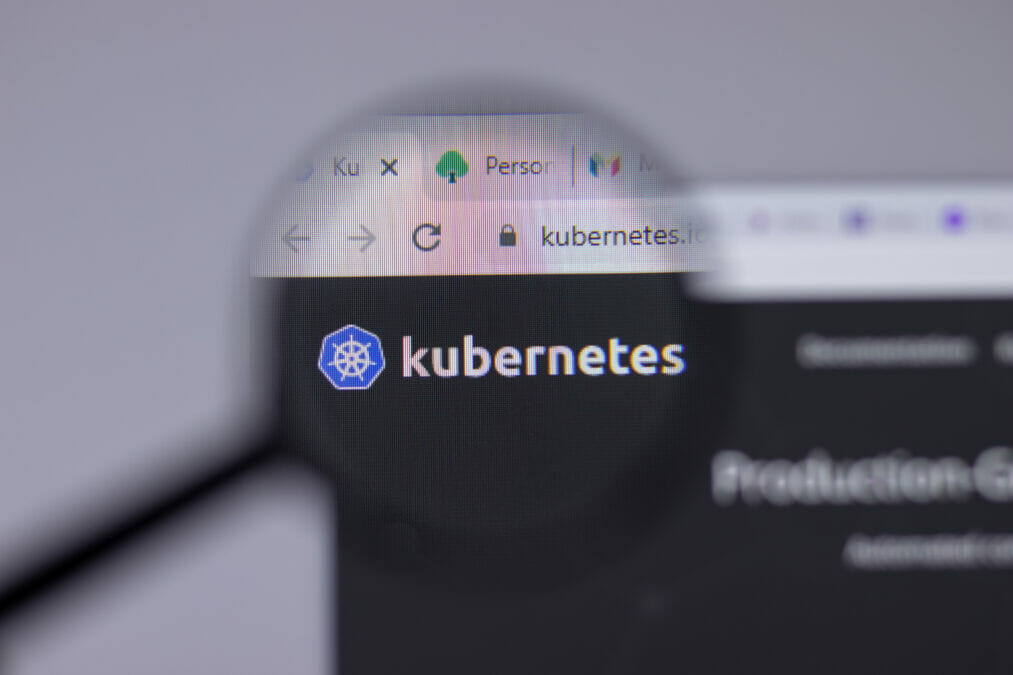In the conventional IT department, the people whose job it is to design and develop applications work in very different ways to those who are responsible for making sure those applications are up and running.
Besides the fact that developers and IT operations staff use very different tools, there is also a cultural divide, says Jay Wampold, marketing director at cloud infrastructure automation start-up Opscode.
"IT operations is mostly concerned with availability and doesn't like risk, while the software development guys are in charge of innovation," he says.
This divide has consequences for system performance and availability, as it means the development function and the operating teams do not speak the same language and cannot therefore collaborate effectively.
An attempt to remedy this cultural and functional divide has been dubbed 'DevOps'. "The idea is to align software development and IT operations under a common goal," says Wampold.
Achieving that alignment is primarily a management challenge, but Opscode proposes that Chef, its infrastructure automation tool, can help.
Writing recipes
In Chef, individual infrastructure management tasks are described in code – in what are fittingly described as 'recipes'. Not only do recipes serve as a document of a process – deploying a new database instance on a virtual machine, for example – but are also executable, meaning that process can be triggered automatically.
This automation allows organisations to manage increasingly complex architectures without having to recruit more skilled employees, claims Wampold. “Our formula here is the scale times the complexity is greater than the skills in the market, so automation is a force multiplier.”
Furthermore, Christopher Brown, Opscode's chief of technology, says that recipes provide a common language for development and operations. "They are a point a point of focus, where both operations and development can look at what happens when the application hits the machine."
The need for both automation and effective collaboration between development and operations is especially pressing for companies that operate large, consumer-facing websites, where new functionality is introduced everyday and user expectations for performance are high.
"On one hand, consumer expectations have changed thanks to websites such as Google and Amazon – if you want to buy something, you want to buy it now," he says. "At the same time, the back-end that delivers the website has become more complex," heightening the need for automation.
Opscode follows what is an increasingly common business model in the infrastructure software space. There is an open source version of Chef, which is free to download. This helps to get the word out, and will often lead on to commercial engagements. There is a hosted version, and the company reports that this is most popular among small, but highly expert, web site companies.
Last year, the company launched an on-premise version, called Private Chef, aimed at enterprise customers. It has around 20 customers using Private Chef, which already account for more than half of the company's revenues.
"We've seen a lot of enterprises using open source chef and they get to a scale where they decide they need to have a commercial relationship with us," say Brown. "It may be that they want to be able to take advantage of the features that we deliver in our enterprise products, but more often than not what they really want is the service and support of Opscode."
Brown says that it is not just 'scale-out' web environments that need automation, but also complex enterprise architectures with labyrinthine interconnections between applications. "If you've got a large infrastructure with high complexity in terms of the way that applications interact, the same principles apply."
But will enterprise organisations with well-defined, even rigid, IT service management processes, take to this more collaborative, automated approach? Brown insists that Chef fits in even the most process-driven IT shops.
“We've talked to customers where just that automated discovery function [of Chef] tells them things that about their systems that they didn't have a way to do before, despite the fact that they have fairly good deployment and installation practices,” he says.
“Also, when you model recipes for deploying applications and then institute those changes once you execute, all of that is trackable, so you can actually use it for change management and for deployment compliance,” Brown adds.
When it comes to DevOps and more traditional, ITIL-driven systems management, Brown says, “there’s not as much of a dichotomy as you might think.”









